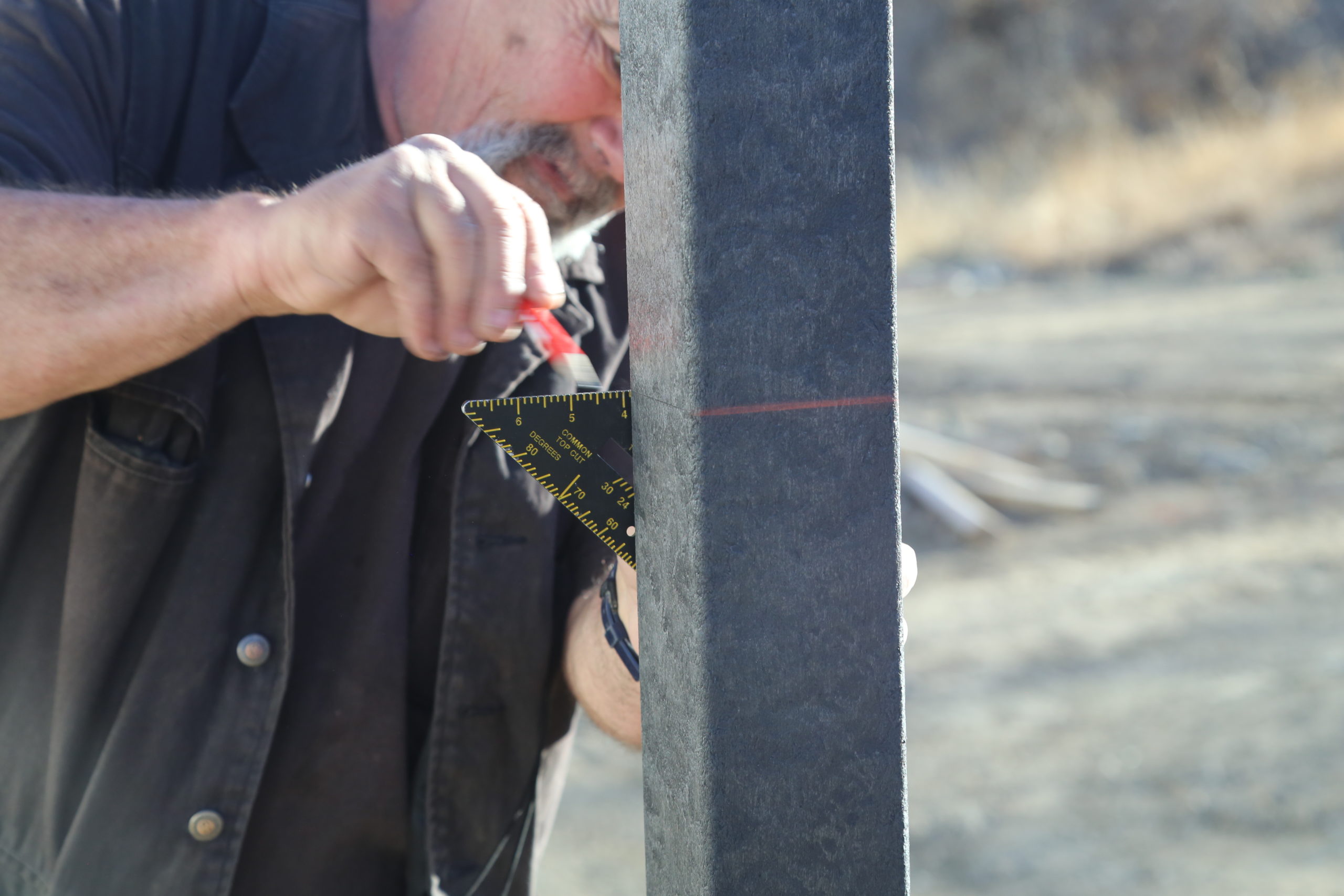What To Know Before Installing a Plastic Fence

As with any structure that you want to be sturdy and enduring, building a fence takes careful consideration. By thoroughly understanding what you need to do as you erect a fence, you’ll lower the chances that problems will arise later. Educate yourself on what to know before installing a plastic fencing using the following points.
Initial Preparation for Installing your Plastic Fence
Begin your fence installation by planning the overall layout on a piece of paper. Use this step to determine how many posts you’ll need and where you’ll place them. With the simple diagram drawn up, head to the site where you’re going to build the fence and measure out the exact stake points. Mark them with flags or other stationary objects. You can use a string to further aid in visualizing the fences rails. (For plastic timbers, you must wait a full day after the materials arrive in your location before proceeding to erect the fence.) Cut railing pieces into eight-foot lengths as this will allow your fence to remain stable even if the ground isn’t completely even.
Post Installation
Post setup is the next portion of what to know before installing a fence. To install the posts, use an auger or other drilling device to create holes 30 to 48 inches in depth based on your area’s fence laws and the soil type. Insert the posts into the holes and pour in concrete to stabilize them. Mix the substance with a spade and allow it to settle for several minutes before covering it with dirt so the holes fill back up. If you meet a hard obstacle in the ground that prevents you from putting a post eight feet away from the last one, dig a hole closer than that distance. Once your posts are up, you can adjust their height by either hammering them down deeper or manually pulling them up and allowing the cement to fill in the space underground. When hammering, place a wood block between the hammer and the post to avoid damaging it.
Rail Installation
Our recycled plastic landscape timber rails have molded holes so you can easily bolt them to posts. These are also extended sideways to account for the expansion and contraction of the material in changing temperatures. You’ll need to use Tangent’s Gapping Tool™ to measure out exactly where to place the rails in relation to the posts so your fence will remain firm at all times of the year. If you’re installing during cool weather, make the gap to the fixed board a bit larger. Finish by driving in lag bolts to attach the rails. Installing your plastic fence should be simple and last for years to come.












